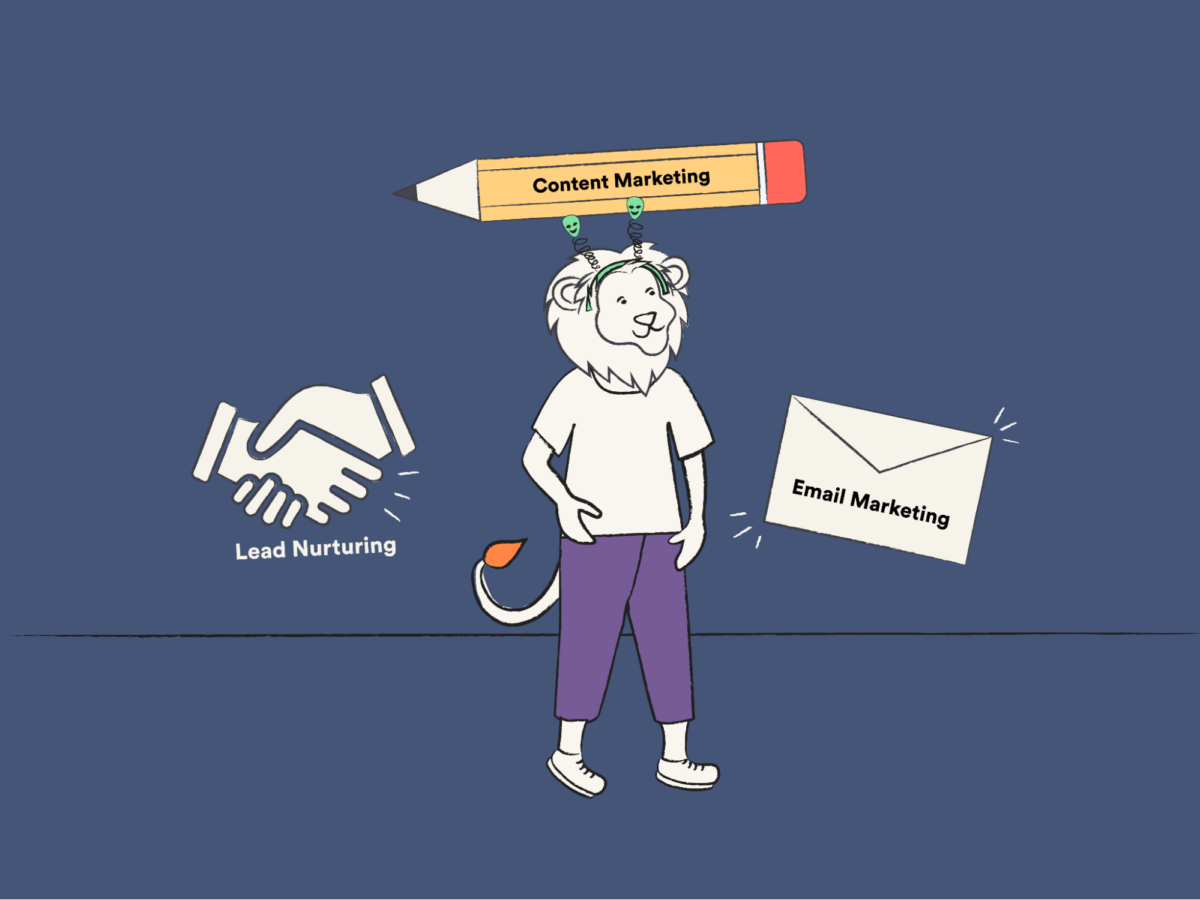Is your HR team struggling to make the workplace an enjoyable environment? Or maybe they’re doing a stellar job, but for some reason, your employee retention is struggling.
Whatever your situation, human resources are one of the most important departments for a thriving business. If you don’t have motivated and engaged colleagues, your company won’t be efficient or profitable.
You may have heard of AI-powered chatbots for other industries, like customer service and sales. But have you ever considered implementing it to help out your HR managers? These bots can revolutionize the way your business operates with instant messaging.
We’re going to take a look at exactly what they are, how you can use them, and why you should, and finally, offer some bot suggestions to get you started.
What is an HR chatbot?
Imagine a very advanced version of Siri. Yep, we’re talking about virtual assistants. An HR chatbot is an AI conversational interface that understands human dialogue and can respond in real-time.
The tech
The artificial intelligence used is a form of machine learning called natural language processing (NLP). This means that bots are fed huge amounts of data focused on human language. Like grammar, syntax, and words. This will make up their database.
They are then fed algorithms that allow them to break up sentences into words. From the database, they will be able to understand the combination of words, what they mean, and how to respond. The algorithms mean they can learn while being used rather than just responding from the database information.
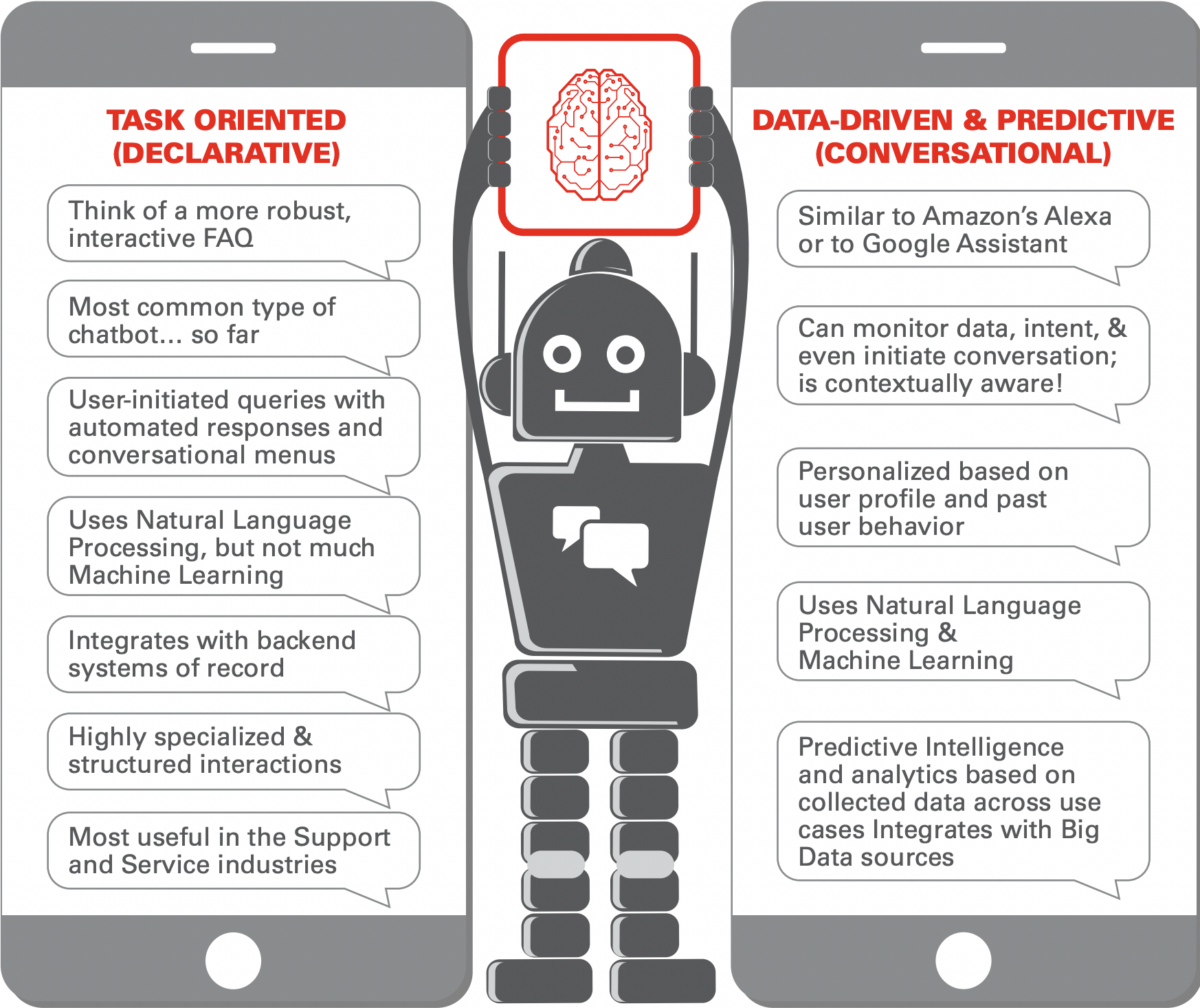
How can you use an HR chatbot?
So, you understand what it is and the tech behind it (kind of). But how does this relate to your HR department? Well, there are plenty of different chatbot use cases to streamline and improve your workplace. Let’s cover a few of the most important ones.
Employee onboarding process
Do you find it tricky to assimilate your new hires with your established team? It can be difficult, especially if there is a steep learning curve. Not looking out for new team members can lead to them feeling isolated, unsupported, and unsatisfied with their new position. This is why the onboarding process is essential to prevent a high turnover rate and ensure efficiency.
So, when do chatbots come into this? Well, let’s take a look at just a few areas that can be automated:
- Paperwork: Rather than endless emails back and forth or a stack of papers on a desk, a chatbot can take care of ensuring your new employee signs all of the necessary paperwork and understands company policies. It can then send it off to the correct departments. This means they can get started as soon as possible without being held back by trivial tasks.
- Answering questions: By using a database full of onboarding information, an AI chatbot can respond to FAQs and provide actionable advice. They can also point new employees in the right direction to find relevant training information. This takes away long email response times for simple questions and the issue of not knowing who to ask. It also encourages self-service onboarding.
- Creating connections: A chatbot can provide employees with the contact information of fellow team members in similar departments and let them know the availability of each colleague. This will make forming connections and a support system easier.
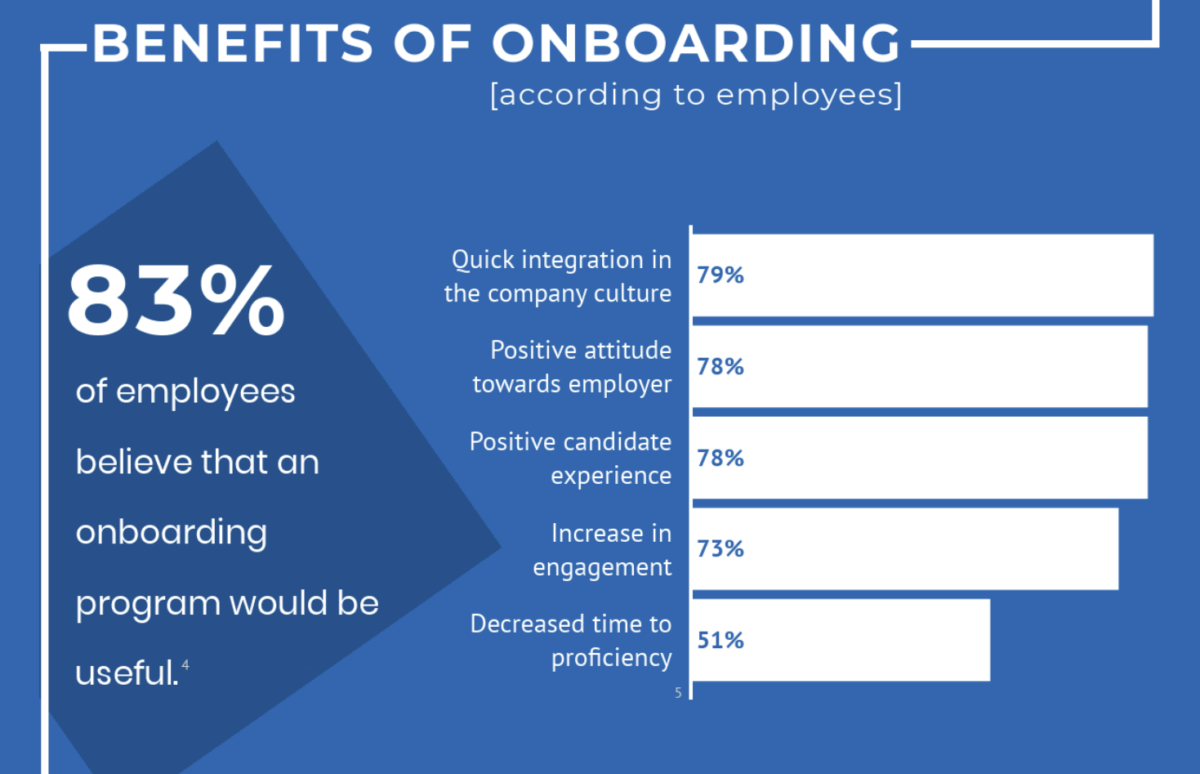
Recruitment process
Sifting through endless CVs and cover letters can be a waste of time for HR professionals. But the answer is simple. From finding potential candidates and shortlisting applications to asking important questions and scheduling interviews, HR chatbots can automate the hiring process. Let’s look at these in a bit more detail.
- Shortlisting applications: By asking repetitive questions, recruitment chatbots can screen potential candidates. They can even rank them in order of suitability and schedule interviews with the creme de la creme. You won’t even know it’s happening until you’re talking to the perfect candidate.
- Pre-interview tasks: Have you ever had to take part in a job simulation before you were offered an interview? Well, these are usually powered by AI chatbots. They are often in the form of multiple chats with clients or customers and will score you on your ability to resolve issues alongside your communication skills.
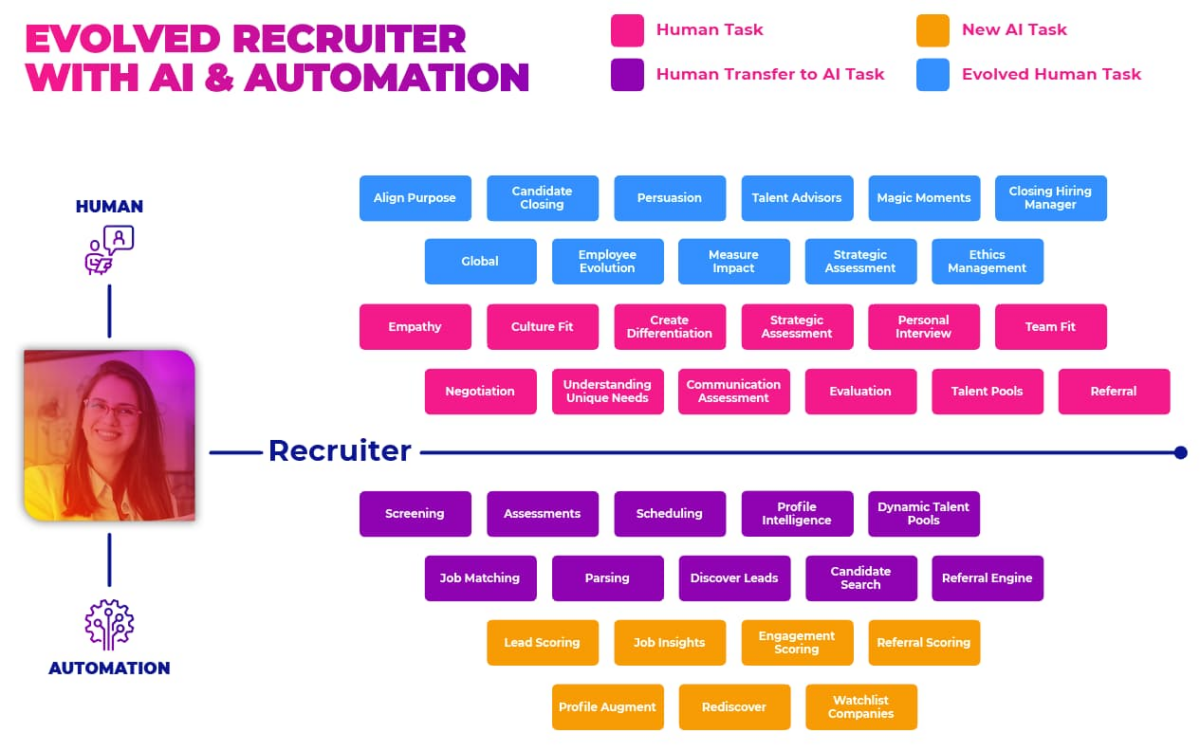
Team communication
Imagine having a transparent working environment where everyone is supported equally and cared for. This is obviously what many HR departments strive for, but not all companies succeed.
Due to time pressures and cost constraints, HR services can’t always give employees the necessary assistance needed to excel and enjoy their work. Let’s take a look at how a bot can help with this.
- Regular outreach and feedback: Automated outreach means it is much easier to keep up to date with your employees. What are they enjoying? What are they struggling with? Do they need more support, and if so, how’s best to provide it? Employees will often feel as though they can be more honest with a chatbot rather than their manager, meaning you’ll get helpful feedback.
- Quick answers: Employees no longer have to wait for email responses or schedule meetings with HR for their questions to be answered. . Instant communication means your team will be more satisfied. For remote work, this is essential.
Why would you use an HR chatbot?
Now you know how to use one, you need to know the benefits in order to be convinced. It’s probably already becoming clear, but let’s dive in and see how an HR bot can revolutionize your team.
Employee experience
How your HR functions decides your company culture. Your employee experience is essential to the success of your company and rides on a few key things:
- Relationships with managers and colleagues
- Clarity of job role
- The space and place they work
- The value they bring to their team
Jobs are now based remotely more than ever, thanks to the lockdown. This means that the importance of the space and place of work has been taken out of the hands of the company. In turn, this has placed more emphasis on communication and relationships. Hence, the importance of well-functioning HR operations.
By using a chatbot, you can make sure that no matter how busy life gets, your employees will always feel as though their experience is the priority of the business.
Employee engagement
A positive employee experience equals higher engagement. The recent phenomenon of ‘quiet quitting’ has brought the importance of employee engagement to the attention of HR leaders. This refers to people who are no longer invested in the business they work for. But instead of leaving, they continue doing the bare minimum.
You may think, fine. They’re doing their job. What’s the issue? A successful company depends on a team who are mutually invested in progression and success. Without this, efficiency will decrease, quality of work will dwindle, and progression will stagnate.
Clear communication and transparent goals mean that everyone is on the same page. If everyone is aware of the common goals, they’ll understand the value of their work and their contribution. Don’t underestimate this. Ultimately, this will be the drive to engage.

Employee satisfaction and retention
Would you want to work for a company that has a huge staff turnover? It’s unlikely, right? Because a retention issue usually points to poor employee satisfaction. There are a few things that might cause this:
- Limited work-life balance
- Poor management
- Lack of advancements
- Being underpaid
Now, an HR chatbot can’t necessarily fix these issues, but they can draw your attention to them. If your HR department is too busy to listen to your employees’ concerns, then you won’t know what needs to be fixed. By keeping communication up with your team, you can be one step ahead of any potential issues.
This will improve employee satisfaction and, therefore, retention. High retention means less time and money spent training and onboarding new hires. It also means a united team focused on the company’s success.
The 3 best HR chatbots
It’s clear your team will benefit from implementing these chatbots into your organization. But where do you start?
There are plenty of options out there to try, so what works for you will depend on your team. Whether integration with Slack, Microsoft Teams, or Whatsapp is essential, there’ll be a bot for you. So, to kickstart this new approach, let’s list a few to try out.
1. inFeedo
inFeedo is a great piece of software that focuses on improving employee satisfaction by listening to your team and gathering feedback. Check out its key features:
- Pulse surveys: Short, targeted surveys can be sent out to employees to check up on their engagement. This means you can proactively resolve issues before they begin to affect your team’s experience.
- Onboarding engagement: Make contact with each new hire asking for feedback and offer support.
- Exit surveys: You can’t always prevent people from leaving. Pre and post-exit surveys mean you can gain insights about why employees are leaving and make decisions based on them.
So, how much will this cost you? Well, you’ll have to contact them directly to find out. They do have three different plans: starter, pro, and advanced. But you’ll have to enquire for a quote.

2. Workato
Workato is your one-stop shop for HR chatbots. It is made up of different bots that focus on various elements of your HR strategy. Check out a few of the best ones:
- Knowledge Bot: Don’t want your employees wasting time searching through knowledge bases or waiting on responses? Knowledge Bot is a solution that offers quick and comprehensive solutions.
- Wellness Bot: Want to show you care? Wellness Bot puts together a wellness plan for your employees every day. From reminders to exercise to sharing mindfulness techniques, ensuring you promote a healthy work-life balance.
- Welcome Bot: Successfully onboard new hires by implementing a bot that introduces them to the team, shares channels they’d be interested in, and tells them about key contacts and resources in the organization.
Workato offers flexible pricing. Pay for what you use. To find out exactly what this means, you’ll have to contact their sales department. But you can be sure it’ll be worth the investment.
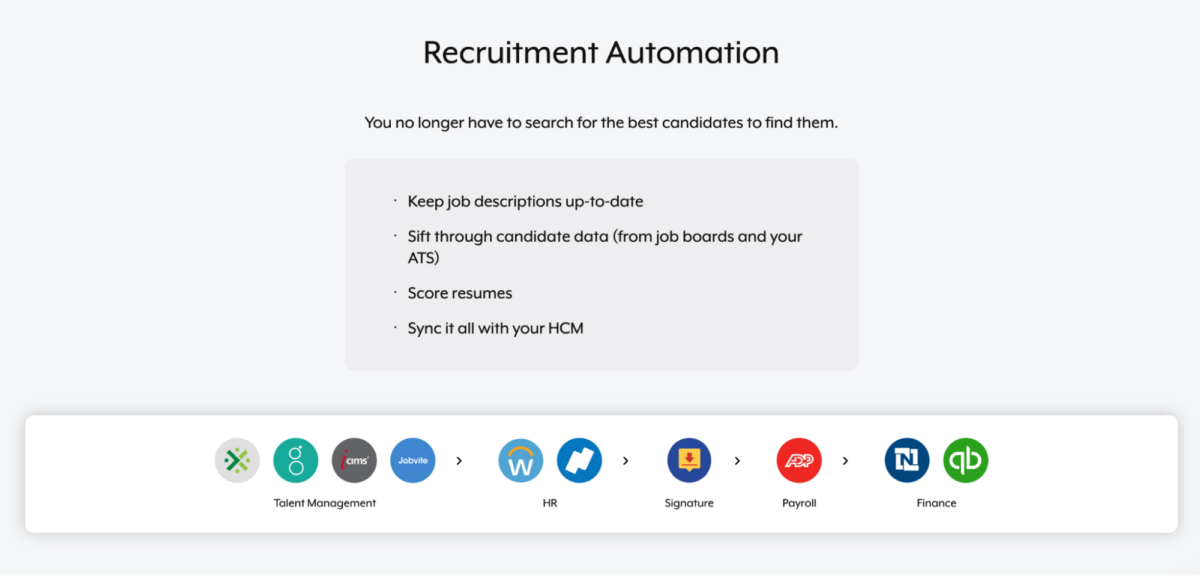
3. Humanly.io
Humanly.io focuses on the recruiting side of HR. They brand themselves on allowing your company to hire at scale without taking up time and money. Check out their key features:
- Screening and scheduling: Don’t waste time on time wasters. You’ll always receive CVs that aren’t professional or serious, so let the bot screen them. Once it’s sifted through, it can schedule interviews with the best candidates. All you have to do is click through your calendar and get interviewing.
- Candidate engagement: By engaging with every candidate, answering questions along the way, and analyzing screening data, you can be sure you won’t miss out on hiring the best of the best.
- Reference checks: Gone are the days of calling up every single reference to make sure you can trust your potential new hire. Humanly.io’s chatbot can reach out to references and ask them the important questions.
With Humanly.io, you’ll be sure to streamline your recruitment process. What it’ll cost you is a mystery, but you can book a demo to try it out before chatting with the sales team.
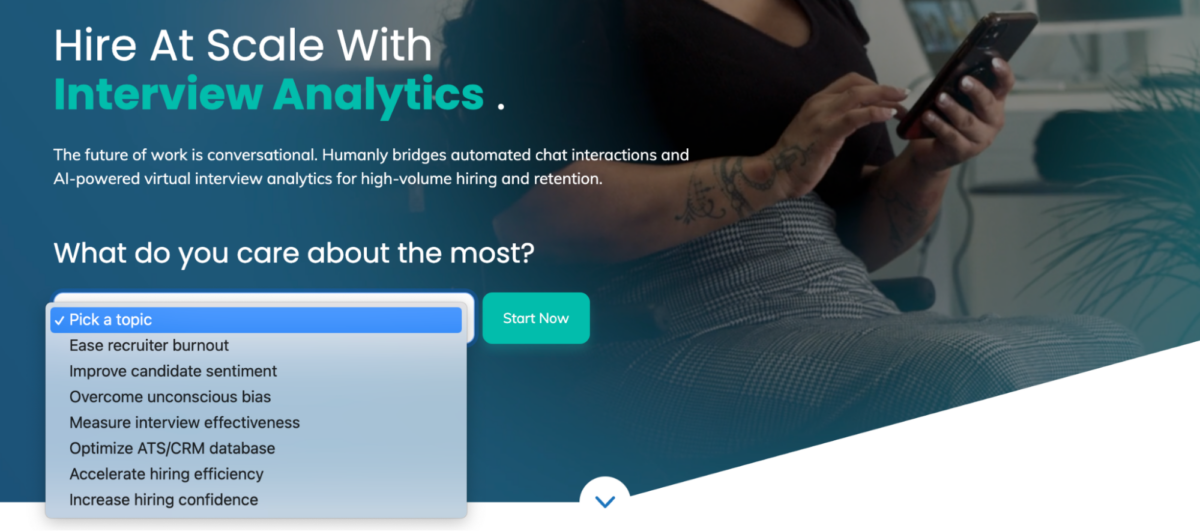
Conclusion
The implementation of HR chatbots is a game-changer for businesses. Artificial intelligence can revolutionize the way businesses operate by streamlining and improving HR workflows.
One of the key benefits is their ability to provide 24/7 support to employees, allowing them to access important information and assistance at any time. This can be particularly helpful for remote or distributed teams who may not have immediate access to in-person HR support.
However, it’s important to note that while HR chatbots can be a useful tool, they should not be seen as a replacement for human interaction and support. While they can provide quick and efficient responses to routine inquiries, they may not be able to provide the same level of personalized support and empathy that a human representative can.





